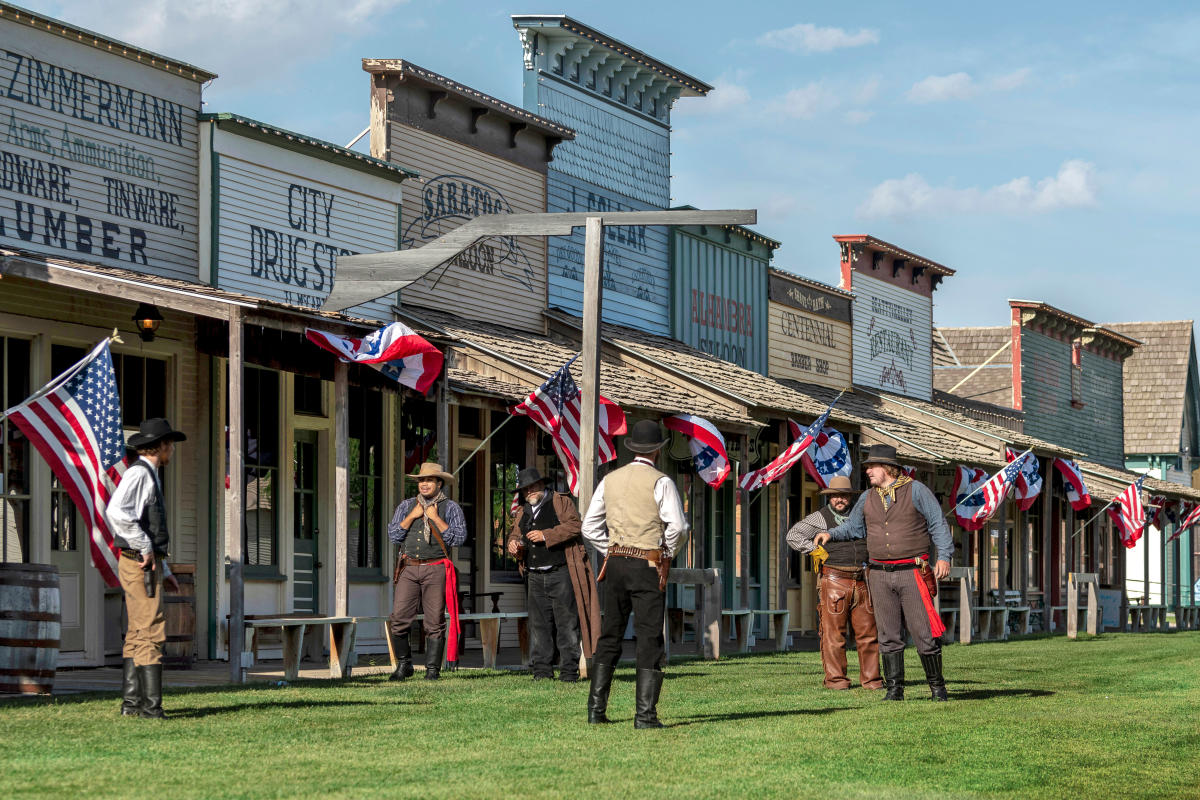Hidden Settler Graves Along Kansas’s Santa Fe Trail

Have you ever wondered about the hidden stories of the Santa Fe Trail? This historic route, stretching from Missouri to New Mexico, holds many secrets. Among them are the hidden settler graves scattered along the Kansas section. These graves tell tales of pioneers who braved harsh conditions, illness, and conflicts. Imagine walking in their footsteps, feeling the weight of history beneath your feet. These graves are not just markers; they are silent witnesses to the struggles and triumphs of early settlers. Join us as we uncover the mysteries and pay tribute to those who paved the way for future generations.
Hidden Settler Graves Along Kansas's Santa Fe Trail
The Santa Fe Trail, a historic trade route connecting Missouri to Santa Fe, New Mexico, holds many secrets. Among these secrets are the hidden graves of settlers who braved the journey. Kansas, a significant part of this trail, is home to several of these graves. Let's uncover some of these hidden resting places.
1. Council Grove
Council Grove, a key stop on the Santa Fe Trail, was a meeting place for settlers and Native Americans. Here, several graves of early pioneers remain hidden among the trees and tall grass.
- Location: Near the Neosho River
- Significance: Meeting point for treaties with Native Americans
- Graves: Unmarked, scattered throughout the area
2. Pawnee Rock
Pawnee Rock, a prominent landmark on the trail, served as a lookout point. Many settlers who perished nearby were buried at its base.
- Location: Near Larned, Kansas
- Significance: Lookout point for travelers
- Graves: Hidden among the rock formations
3. Fort Larned
Fort Larned, a military post established to protect travelers, also became a burial site for those who didn't survive the journey.
- Location: Near the Pawnee River
- Significance: Military protection for settlers
- Graves: Marked and unmarked graves within the fort grounds
4. Cimarron Crossing
Cimarron Crossing was a dangerous river crossing on the trail. Many settlers who drowned or succumbed to illness were buried nearby.
- Location: Near the Arkansas River
- Significance: Treacherous river crossing
- Graves: Often unmarked, near the riverbanks
5. Dodge City
Dodge City, known for its wild west history, also holds graves of settlers who passed through on the Santa Fe Trail.
- Location: Western Kansas
- Significance: Major stop for supplies and rest
- Graves: Some marked, others lost to time
6. Lost Spring
Lost Spring, named for its elusive water source, was a crucial stop for water. Settlers who died from dehydration or disease were buried here.
- Location: Marion County, Kansas
- Significance: Vital water source
- Graves: Scattered, often unmarked
7. Diamond Springs
Diamond Springs, another important water stop, became a burial site for those who couldn't continue their journey.
- Location: Morris County, Kansas
- Significance: Reliable water source
- Graves: Hidden among the spring's surroundings
8. Big Basin Prairie Preserve
Big Basin Prairie Preserve, a natural landmark, was a resting place for many settlers. Some who perished here were buried in the prairie.
- Location: Clark County, Kansas
- Significance: Natural landmark and resting spot
- Graves: Unmarked, within the prairie
9. Santa Fe Trail Center
The Santa Fe Trail Center, a museum dedicated to the trail's history, also marks the graves of settlers who traveled this route.
- Location: Larned, Kansas
- Significance: Historical museum and educational center
- Graves: Marked, within the museum grounds
10. Point of Rocks
Point of Rocks, a high point on the trail, provided a vantage point for travelers. Some who died here were buried at its base.
- Location: Morton County, Kansas
- Significance: Vantage point and landmark
- Graves: Hidden among the rocks
11. Ash Creek Crossing
Ash Creek Crossing, a challenging part of the trail, saw many deaths. Settlers who didn't survive the crossing were buried nearby.
- Location: Near the Arkansas River
- Significance: Difficult crossing point
- Graves: Often unmarked, near the creek
12. Turkey Creek
Turkey Creek, a small waterway along the trail, became a burial site for settlers who succumbed to various hardships.
- Location: McPherson County, Kansas
- Significance: Minor water source
- Graves: Scattered, often unmarked
Remembering the Past
Hidden settler graves along Kansas's Santa Fe Trail tell stories of hardship, hope, and resilience. These graves, often unmarked or forgotten, remind us of the challenges faced by early pioneers. Visiting these sites offers a unique connection to history, allowing us to honor those who came before us.
Exploring these graves can be a moving experience. It provides a deeper understanding of the sacrifices made during westward expansion. Each grave represents a life lived, a journey taken, and a story worth remembering.
Next time you travel the Santa Fe Trail, take a moment to reflect on these hidden graves. They are silent witnesses to a bygone era, offering a poignant reminder of the past. By acknowledging these sites, we keep the memory of these settlers alive, ensuring their stories are not lost to time.

